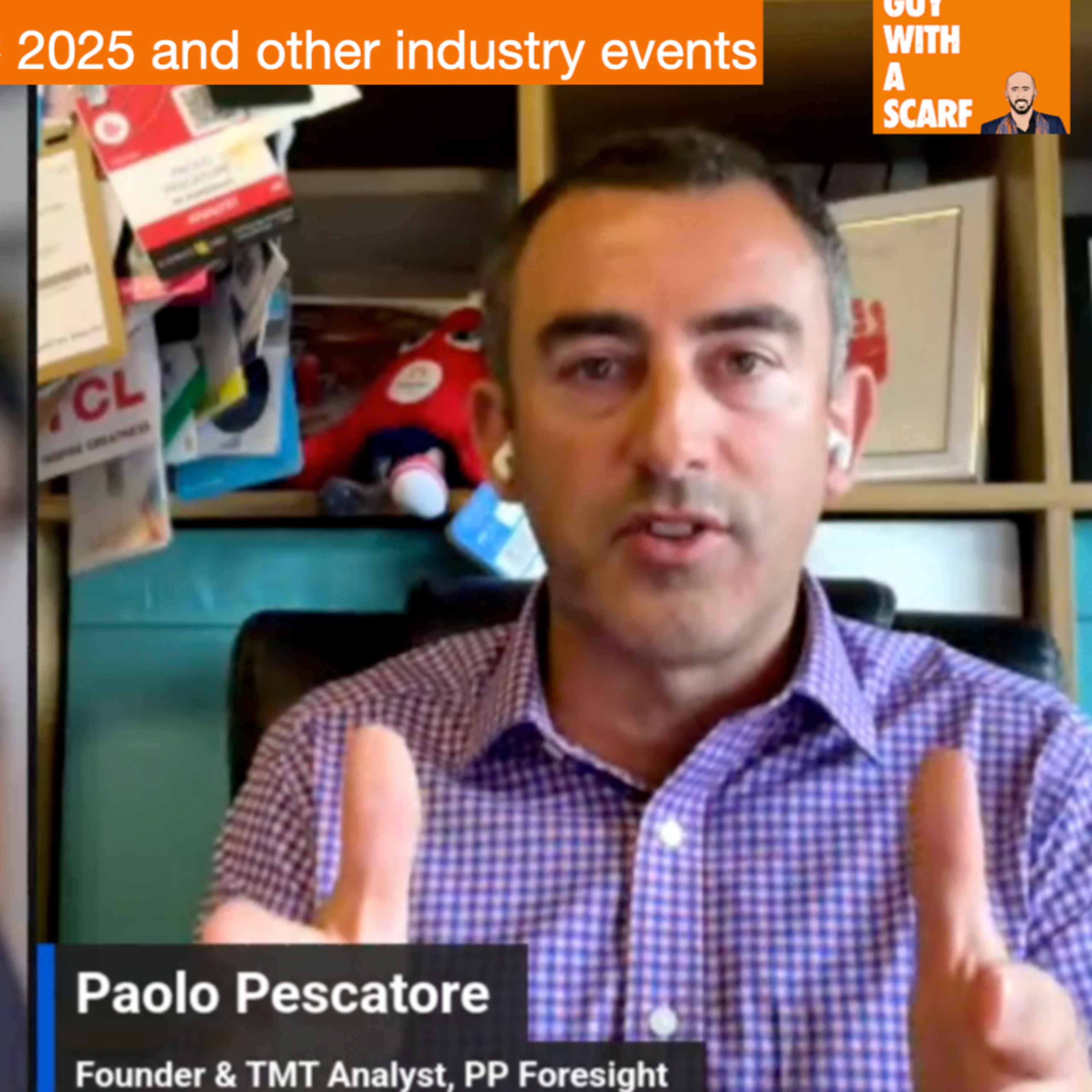

This year at IBC, instead of writing another list of highlights, I sat down with analyst Paolo Pescatore to reflect on what the show really told us.Paolo put IBC in context with other global events. CES sets the tone, MWC defines connectivity, GITEX is now the largest consumer electronics show, while NAB and IBC feel smaller but remain key networking hubs. Attendance and exhibitor numbers were down. “If companies spend hundreds of thousands, they want ROI. Declining numbers are worrying,” Paolo noted.My own view was that conversations were more realistic. Less hype, more honesty. AWS again dominated with its vast booth and live production demos, while camera and production halls were packed. Microsoft and Google felt less present.One clear theme: live sport. Almost everyone I met asked about it. Paolo confirmed: “Live sport is still the anchor. It drives innovation—from multi-view streaming to personalized advertising—and it’s where people are still willing to pay.” Streamers like Netflix and Amazon are investing heavily, while broadcasters struggle with costs and late pivots to cloud/IP.The conference sessions felt detached from the show floor. The Tech Zone was little more than last year’s AI Zone. Paolo suggested more innovation and ecosystem diversity are needed.AI itself was everywhere. But value today is pragmatic—metadata tagging, subtitles, file transfers, personalization. “Beyond that, it gets wishy-washy,” Paolo warned. Netflix remains best-in-class in user insights. Hardware and connectivity—Nvidia chips, 5G workflows—are driving real opportunities.For me, IBC was focused and productive: hosting Retention Zone Live with Cleeng, collaborating with Dolby OptiView, and exploring partnerships. I left with a sense of grounded optimism.Paolo closed with a challenge: “We’ve plateaued. Walk-ups are rare. Everyone knows each other. Now we need a shift in gear.”IBC remains valuable, but it faces a moment of truth. Less spectacle, more realism. Maybe that’s no bad thing.
More Episodes
All Episodes>>Create Your Podcast In Minutes
- Full-featured podcast site
- Unlimited storage and bandwidth
- Comprehensive podcast stats
- Distribute to Apple Podcasts, Spotify, and more
- Make money with your podcast


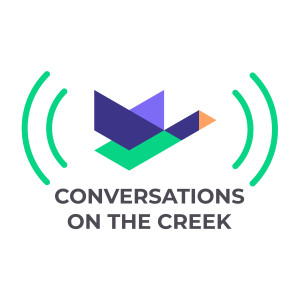

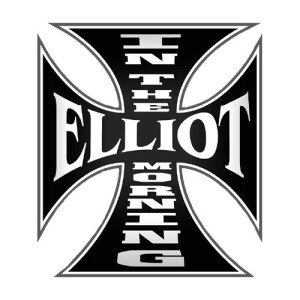

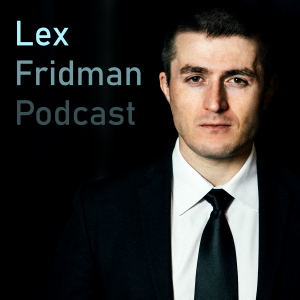

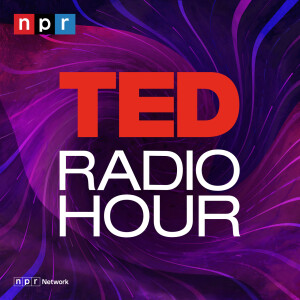
![News from Lake Wobegon [files not found]](http://pbcdn1.podbean.com/imglogo/dir-logo/859691/859691_300x300.png)


